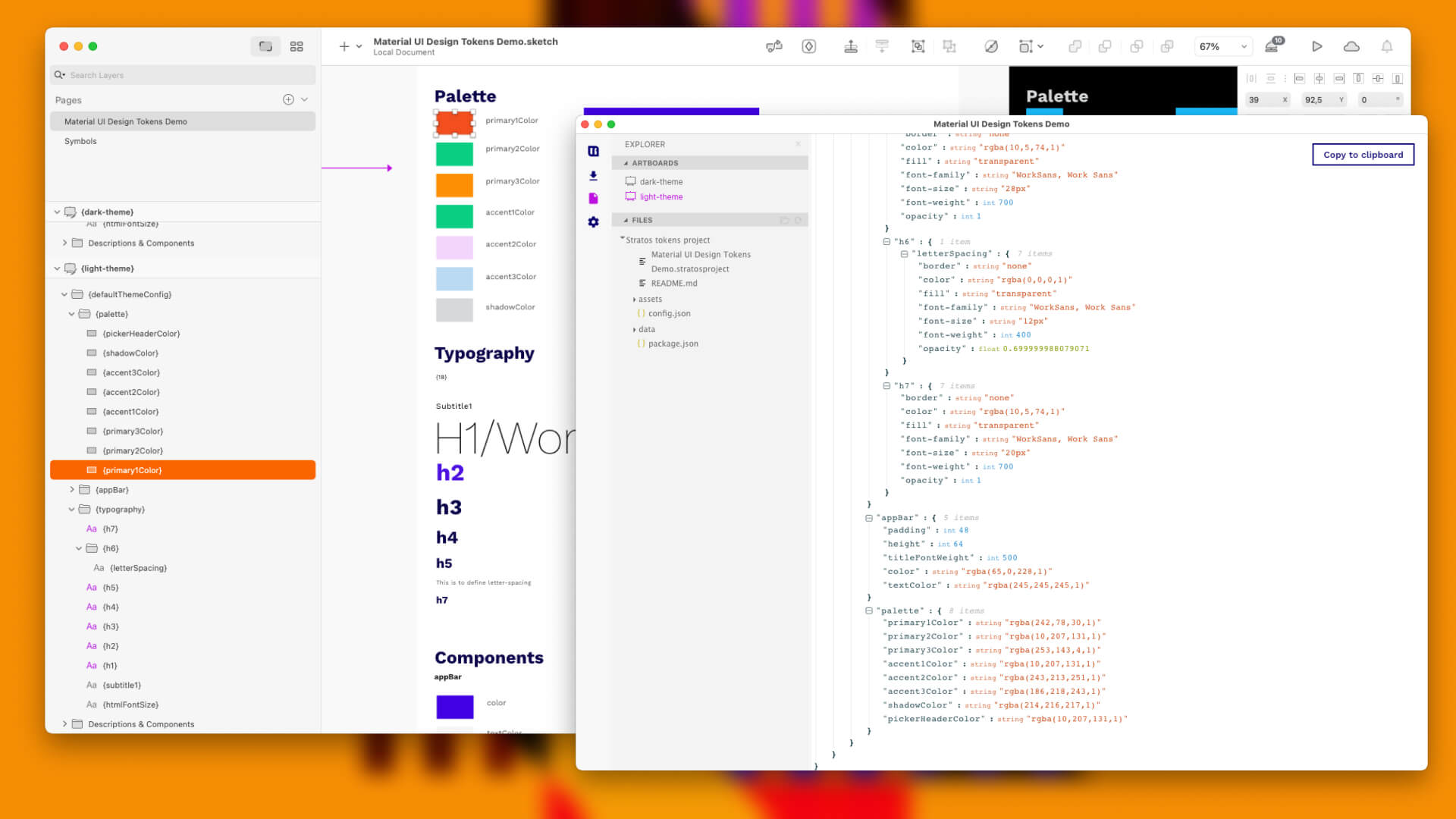Table Of Content

This will ensure consistency in the alignment of elements in my grid. Base variables are the primitive values in a design language, represented by context-agnostic names. These can be directly used, and are inherited by all other token types (think “purple-500”). Design Tokens are used in place of hard-coded values and variables in order to ensure flexibility and unity across all product experiences and/or platforms.
Benefits of Using Design Tokens
As a product designer, you can use design tokens to create a style guide that defines a brand or product’s design guidelines and standards. This can help ensure consistency across all design and development efforts. Design tokens provide a standard way to define and manage design properties, such as colors, typography, and spacing.
How to read design token names
This makes it easy for developers to access and use the tokens in their code, ensuring consistency and reducing the risk of errors. Design tokens are the perfect tool for coordinating colors in your design systems, but they might seem puzzling to some designers. If you want to create functional and practical design systems, you must familiarize yourself with a highly beneficial concept called design tokens.
Collaborate in real time on a digital whiteboardTry Freehand
You can use design tokens in various design systems and workflows, including style guides, design libraries, and component-based design. UI consistency is a significant challenge when designing at scale. It’s not uncommon for designers to accidentally use slightly different sizing, brand colors, and spacing for a single product! These inconsistencies cause usability issues, increasing engineering and UX debt with every release.
Customizing CSS Custom Property Name
Please note that all projects are relying on the same shared resources like data, themes and design tokens of course. By creating a consistent and easily modifiable set of tokens, designers, and developers can quickly make interface changes without manually updating each element. This eliminates a lot of time looking up specs and creates a universal element that can be adjusted across the design as well.
PRODUCT LIBRARY
Shadow tokens with multiple levelsDefine multiple shadows as in Figma and easily connect them with other styles. Now, whenever I want to update the style of this button, I need to go to the main component, change it, and it will update all the instances. But it also generates an XML version for Android or a JSON version for iOS (which you don’t get by using only the Figma Tokens plugin).
Jacob Miller is a product manager for Figma leading the design system features of the product. Previous to this Jacob lead Atlassian’s design system and tooling teams, where he honed his passion for each of these domains. In his spare time he codes and designs on his side projects, and looks for the next cool place in the world to move to. Instead, as you bring tokens to Figma, document the steps and concepts used so you can consider whether everything makes sense for yourself and other team members. Expanding on this initial documentation with illustrations and guidelines for the end user will also save time in the future.

Design tokens
Recently, I’ve been building a multi-layered design system for two sibling brands, a project that has proved equally challenging and fun. Along the way, I wrote down a few personal lessons on creating and managing tokens, the importance of documentation, and the dos and don’ts of code generation. Explore the guides and tutorials below to unlock the full potential of design tokens and take your projects to the next level.
What Is Tokenomics and Why Does It Matter? - Binance Academy
What Is Tokenomics and Why Does It Matter?.
Posted: Thu, 04 Aug 2022 07:00:00 GMT [source]
Going forward, they will be extended to more aspects of the component styles, including shape, shadow, and font family. Design tokens are a set of variables that define design properties such as colors, typography, spacing, etc., in a design system. Rather than hardcoding specific values (like a hex code for a color) directly into components, design tokens provide a centralized way to manage and update design properties across an entire system. Some of their documentation included design tokens for typefaces, font sizes, colors, and other elements. Sial also decided to use a Figma token plugin to give designers more flexibility when creating new design tokens.

For example, a dimension can be created as a Primitive Token and then referenced in Sizing, Spacing, Border-radius, or box-shadow in System Tokens. Tokens Studio allows, for the first time, Design Tokens to be properly managed and used INSIDE Figma, allowing us to be more efficient, fast, and consistent. They should also be useful for everything that gives your Design System personality and character — something I like to call The Anatomy of a Design System.
If you want to see some other examples, I created a list of fantastic design systems here. Please remember that this doesn’t mean you should add all the colors in the world. Brand colors should be meaningful, and neutral and secondary colors are there to make connections. Use opacity.disabled for interactive images that are disabled (such as disabled avatar), and opacity.loading to content sitting underneath a loading spinner.
Elevation tokens apply to the perceived surface level and shadow. Use these examples to get a better understanding of how different tokens work. Tolkien Black,[1] formerly known as Token Black and Token Williams, is a fictional character in the adult animated television series South Park.

No comments:
Post a Comment